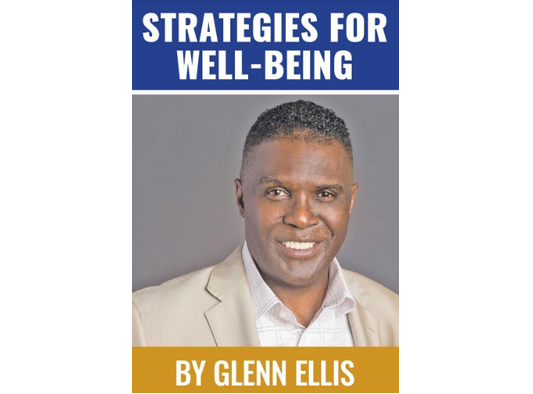By Glenn Ellis
As I write this column, I’m in pain from a torn rotator cuff. It has been a lingering problem for several months now. Following an inquiry from a reader in Birmingham, who is also at wits end, I thought the time was right for a column on the matter. Unless you’re like me, and upwards of three million others in the United States, you probably never think about your rotator cuff.
Our shoulders do a lot of important things you might take for granted. They help you get something off a high shelf, comb your hair, or play a game of tennis or catch. It’s a complicated process that your body makes look easy. And your rotator cuff is a big part of that. It protects your shoulder joint and lets you move your arms over your head. It’s especially important in sports.
The rotator cuff is four muscles connected by tendons to the upper portion of the shoulder. Your arm is kept in your shoulder socket by your rotator cuff. When one or more of the rotator cuff tendons is torn, the tendon no longer fully attaches to the head of the shoulder. For the millions of us, this is one of the most aggravating, painful, and limiting injuries you can have.
A torn rotator cuff not only can be painful, it will weaken your shoulder. This means that many daily activities, like combing your hair or getting dressed, are painful and difficult.
Because the muscles and tendons of the rotator cuff are hidden well below skin level, it may be hard to feel the swelling that accompanies the injury, but that swelling within the small space that makes up the shoulder joint prevents the normal range of motion of the shoulder and causes the pain that occurs with movement.
There are two main causes of rotator cuff tears: injury and degeneration: either you hurt it in an accidental overstretching, or it slowly wears out over the years. This means the older you get, or the more active your lifestyle, the more likely you are to be a member of our little “club”.
If you fall down on your outstretched arm or lift something too heavy with a jerking motion, you can tear your rotator cuff. Or, like me, you could mindlessly make a habit out of reaching over the front seat of the car to lift your backpack or handbag from the back seat.
Most tears are the result of a wearing down of the tendon that occurs slowly over time. This degeneration naturally occurs as we age. Rotator cuff tears are more common in the dominant arm (left for me). If you have a degenerative tear in one shoulder, there is a greater likelihood of a rotator cuff tear in the opposite shoulder – even if you have no pain in that shoulder (I’ve had them in both!).
Tears that happen suddenly, such as from a fall, usually cause intense pain. There may be a snapping sensation and immediate weakness in your upper arm. When you have a small rotator cuff tear you can often still raise your arm with or without pain. Moderate tears are usually very painful, and you’ll have difficulty moving your arm. Most patients can’t sleep due to the relentless pain. They say that time heals all wounds, but whoever said that never tried sleeping with shoulder pain! When a large rotator cuff tear occurs, you may find that you are unable to lift your arm at all.
Tears that develop slowly due to overuse also cause pain and arm weakness. You may have pain in the shoulder when you lift your arm, or pain that moves down your arm. At first, the pain may be mild and only present when lifting your arm over your head.
It is possible for a torn rotator cuff to heal without surgery. I found that rotator cuff exercises are important to prevent and treat injuries. They help strengthen your muscles and improve flexibility. You should be able to feel the stretches and exercises. However, they should not be painful. If you feel any pain, stop and talk to your doctor or physical therapist. You can ice your shoulder for up to 20 minutes. It’s best to use a plastic bag filled with ice cubes instead of a gel pack.
Early rotator cuff tear treatment is important. Delay will result in retraction of your rotator cuff tendon, which can make healing or rotator cuff repair surgery more difficult and less successful. The best results occur when the tear is fresh rather than an older tear. Most rotator cuff repairs take approximately six months of rehabilitation to regain as full as possible range of motion, shoulder strength and function.
For those suffering from shoulder pain or rotator cuff injuries, it can seem nearly impossible to get comfortable at night and find a sleeping position that isn’t painful. There are plenty of medications to help with inflammation like Advil or Aleve, but please consult with your physician before taking anything.
Surgery is usually reserved as a last result for extreme injuries or in older people who aren’t as likely to heal from the injury on their own.
The takeaway: rest, time, exercise; pain relievers; and if all else fails, surgery. Your physician will help you determine what’s best for you.
Glenn Ellis, is Research Bioethics Fellow at Harvard Medical School and author of Which Doctor? and Information is the Best Medicine. Listen to Glenn, on radio in Birmingham or V94.9, Sundays at 7:50pm, or visit: www.glennellis.com.




